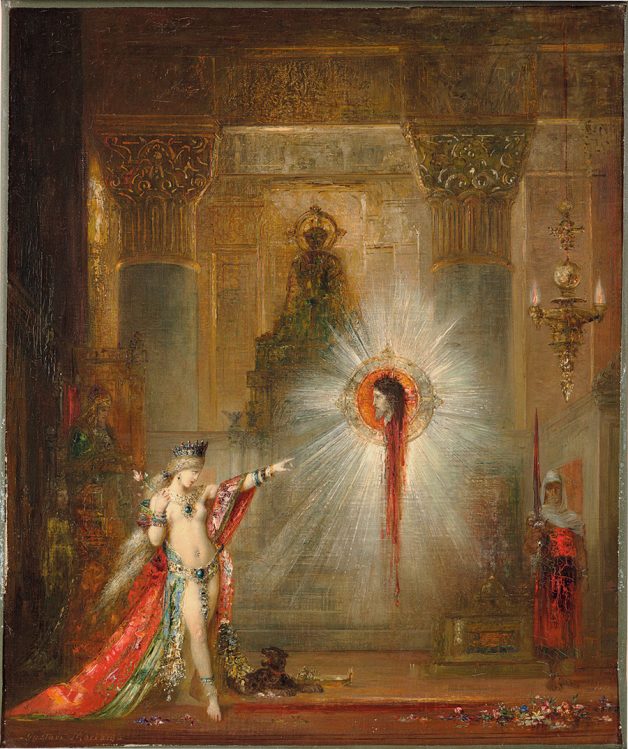Wicked! Modern Art’s Interest in the Occult
Contemporary art’s resurgence of interest in magic has a powerful art-historical precedent
The resurgence of interest in magic today – in art, popular culture and ritual practices – is not without precedent: the occult has faded in and out of the cultural arena for more than a century, its seeds a feeling of lack and longing, from the development of Wicca after World War II to the esoteric counterculture of the 1960s. We can recognize this desire in our current moment – steeped in advanced capitalism, swift gentrification and right-wing political gains – in which magic holds the promise of connection and empowerment. It was also palpable in the 19th century, the setting of the first widespread occult revival since the Christianization of Europe, early-modern witch hunts and the so-called age of reason. It flourished in Europe, and France in particular, in the late 19th and early 20th centuries. We can trace many current magical practices back to this time, from an occult use of the tarot to neopagan worship that identifies the triple goddess with the phases of the moon. Modern art, psychology and feminism also have their roots in this period, along with the monumental socio-economic effects of modernization. The face of Europe changed irrevocably: railways were vastly extended, suburbs sprouted factories and cities towered upwards, their narrow streets expanding into boulevards. Positivist science also ascended through these conditions, bolstered by the quick development and profitability of new industrial technologies. Yet, the dark side of technological progress is often disillusionment, and it is in this sense of longing and decay that we can trace the beginnings of the belle-époque occult revival.
See full article here @ : FRIEZE


